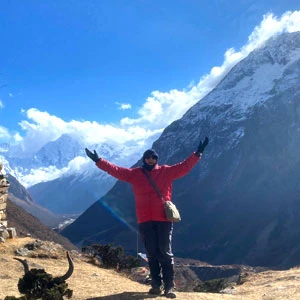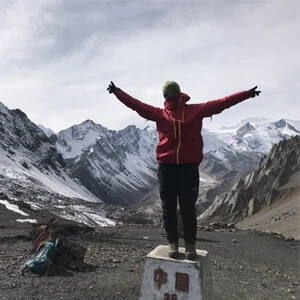Phaplu to Everest Base Camp Trek Overview
The majority of people trekking to Everest Base Camp fly into Lukla for the experience. For those looking to better acclimate to the conditions and build up stamina the preferable alternative is to start from Phaplu.
The trek starts with a bus ride from Kathmandu or a private car/jeep. Although the trail from into Sagarmatha National Park is referred to as the classic route to Everest, the original trailhead began at Kathmandu, what an adventure that must have been! All early Everest expeditions including the Hunt expedition with Tenzing Norgay and Edmund Hillary passed through the same route, hence its reputation as the gateway to the region, giving trekkers taking the route a sense of following in the footsteps of climbing history.
The hike from Phaplu to Lukla Passes through a region that is blissfully free of the trekking numbers generally associated with the trails further north. The trek commences by heading out to Traksindu pass and climbs steadily to Lamjura Bhanjyang (3,530 meters) before dropping down again to the crossing of Dudh Koshi east of Nunthala. The route encompasses a wide range of scenery and vegetation, from the verdant forests and patchwork of crops and terraced fields in the lowlands to passes such as Taksindu La, Lamjura Pass (3,530 meters), and Khari La (3,145 meters) all of which help to steadily build up conditioning and stamina for the trials ahead. By the time the trail leads into Lukla trekkers taking the Jiri option should be in fine fettle to tackle the main trailhead and better acclimated for the higher sections of the journey.
The trek then heads into Sagarmatha National Park and on towards Namche, where the landscapes take on a more dramatic turn as the towering presence of Everest and Lhotse take on more significance with each passing day, with surrounding peaks such as Nuptse, Kangtega, and the ever-impressive Amadablam adding their own touch to the stunning panorama. We call in at Tengboche monastery along the way, the obligatory stopping point for many a famous expedition seeking the blessing of the lama before taking on the perilous slopes of the world's highest peak. Everest Base Camp (5,364 meters) finally greets us with the breathtaking climb to its perch below the famous mountain, with the stunning views from Kala Patthar nearby to add even more wonder to the experience.
Trekking in the region is a once-in-a-lifetime experience for many visitors, with Everest as the chief goal thanks to its dramatic scenery, the famed Sherpas and their deeply rooted Buddhist beliefs, and the experience of walking through a timeless land that's a living museum to Himalayan climbing, with Everest itself as the jewel of the exhibits.
Let Nepal Trekking Experts be the ones to guide you via the Jiri route, with options such as the challenging Everest Three Passes or the Gokyo Valley Trek available to further extend the adventure. Our staff are ready and waiting to discuss the variations, so please feel free to get in touch for further information.
Phaplu to Everest Adventure Trek Difficulty
The Phaplu to Everest Adventure Trek is a challenging journey as compared to the classic EBC route starting from Lukla, this trek begins at a lower altitude in Phaplu, requiring longer days of walking and covering varied terrains. As you start trekking from Phaplu, it adds an extra 5-7 days to the trek, making the total duration approximately 18-21 days. Hence, you will be covering additional 60 to 70 kilometers and you will trek for an average of 6 to 8 hours each day. Although starting from a lower altitude (Phaplu at 2,413 meters) allows for gradual acclimatization, the trek still involves significant altitude gains, reaching the Everest Base Camp at 5,364 meters. Additionally, this trek takes you through rugged trails, dense forests, suspension bridges, traditional villages, and high-altitude landscapes.
Best Time For Phaplu to Everest Himalayan Trek
Spring, from March to May and Autum, from September to November are the best seasons for the Phaplu to Everest Himalayan Trek. During Spring, the weather is generally warm and sunny, with temperatures in lower regions like Phaplu ranging from 10°C to 20°C. At higher altitudes near Base Camp, daytime temperatures hover around -6°C to 5°C.Furthermore, the skies are typically clear, offering breathtaking views of the Himalayan peaks, lush valleys, and rhododendron forests in full bloom along the trail from Phaplu. Moving on to Autumn, the weather is calm with pleasant daytime temperatures in the lower regions (10°C to 18°C) and chilly but tolerable conditions at higher altitudes. At this time of the year, you will get to witness unobstructed views of Mount Everest, Lhotse, Nuptse, and other iconic peaks. The villages along the route are lively with activity as it’s a popular trekking season.
Phaplu to Everest Trekking Permits
When trekking with Nepal Trekking Experts, the permit fees are included in your package. Your guide will require your passport to obtain the required permits on your behalf.
- Khumbu Pasang Lhamu Rural Municipality Entrance Permit: The local government of Khumbu charges NPR 2,000 per person, which must be paid in person in Lukla; this permit is not available in Kathmandu.
- Sagarmatha National Park Entry Permit: This permit can be obtained in Kathmandu at the Nepal Tourism Board Office or in Monjo at the Park Entrance Gate. It costs NPR 3,000 per person.
How can I book EBC Trek from Phaplu?
To book your trek with us, you have to send a deposit of 10% of the total cost of the trek. Please also forward a copy of your passport, and flight details if and when available. For your convenience, you may forward the deposit to us online through our website. It is completely safe, and as soon as you make it, you will get an automatic receipt in your inbox. The rest of the payment can be paid upon arrival.
For more details, do not hesitate to contact our experts now.


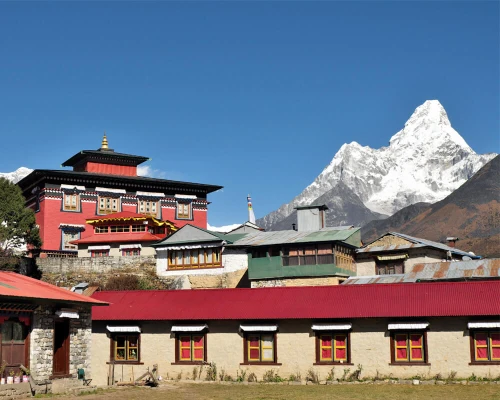
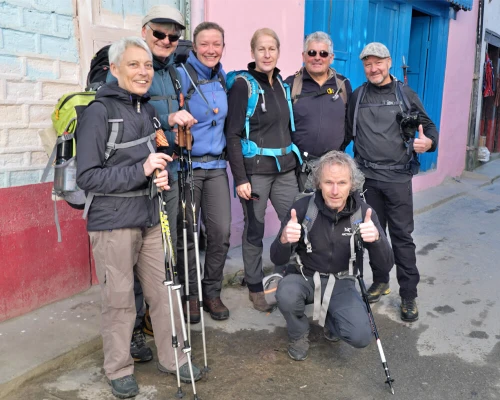
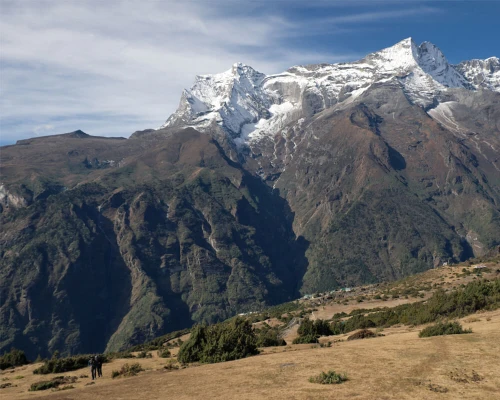
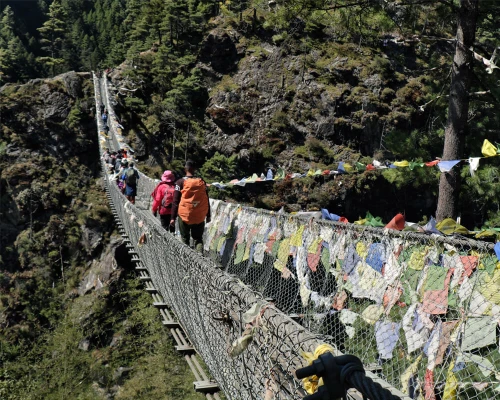
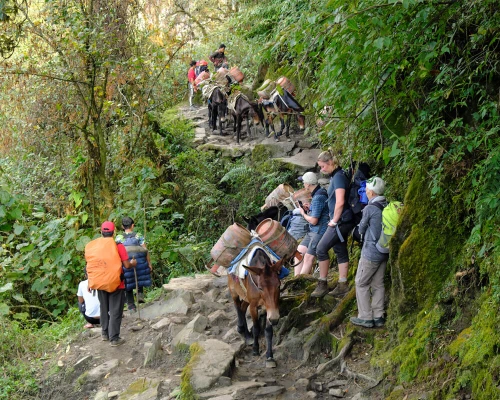
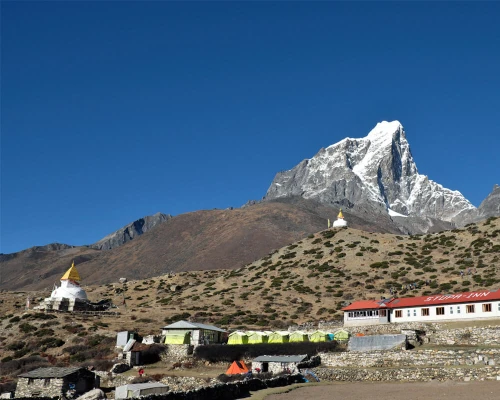


 based on 32 reviews
based on 32 reviews


